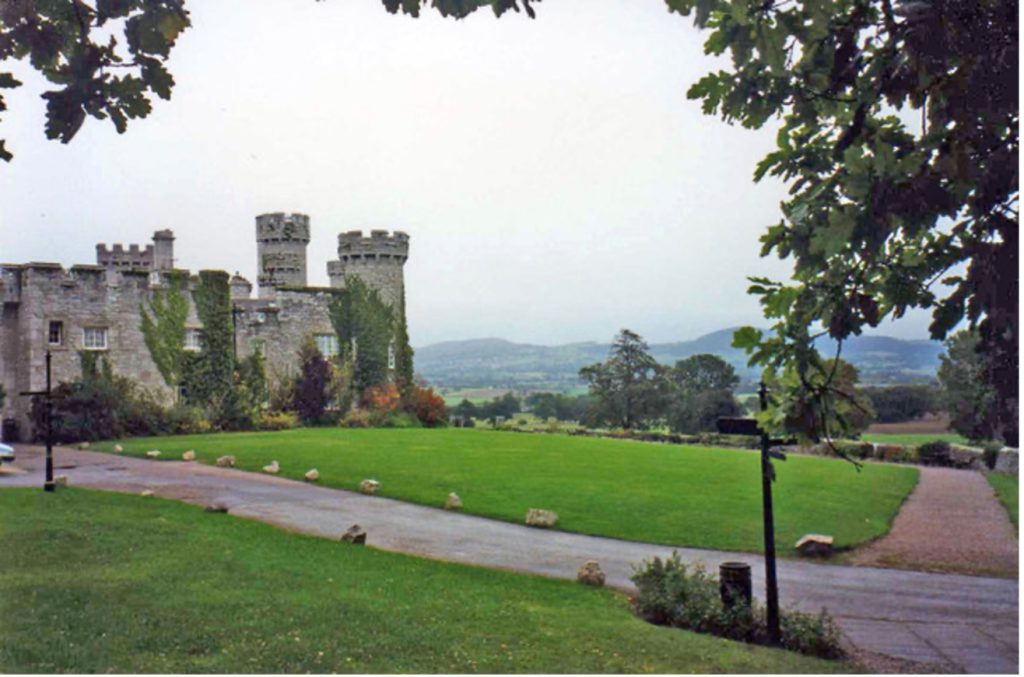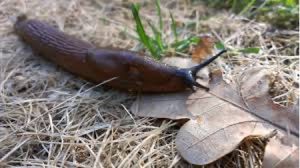10 things you probably never knew about gardening!
We all enjoy spending time in the garden – it’s a peaceful, contemplative, relaxing time. Yet while we might pride ourselves on know when to plant out what, what to pot a certain plant in etc., we tend to know very little about the world of gardening beyond our own garden fence. Here are a few tidbits of gardening trivia to expand your mind and impress your neighbors.
1.Top of the crops
- The most widely grown crop in the world (by weight produced) is sugar cane, which hit an incredible 1.7 million tonnes in 2007 and has held its top spot since –despite being grown in just 17 countries.
- Lagging far behind is corn (maize) at 822,000 tonnes and wheat, at 690,000 tonnes –although it can be argued that these are farmed in more countries, and are therefore candidates to the ‘most widely grown’ title.
- Another popular crop, rice, falls in at 685,000 tonnes while the humble potato takes an equally humble fifth place at 314,000.
- It might come as a surprise that at Cassava, a root crop widely eaten in South America, Africa and Asia, but little known in Europe, comes in next with 232,000 tonnes.
- Following this are soybeans, sweet potatoes, sorghum (a grain popular in Africa), yams and plantains.
- While the top crops are nearly all carbohydrate staples isn’t surprising, the dramatic regional variations between the different continents and climates, and the unmatched superiority of sugar shows how global trends can reveal interesting secrets about our world, our diets and our gardens.
- The biggest garden in the world is the Dubai Miracle Garden, which covers 72 square km and contains over 60 million flowers.
- Built specifically to take advantage of the hot climate, the park is completely redesigned every season, and it’s not exactly subtle –recent attractions include a life-size Emirates Airbus A380, covered in petunias, marigolds, snapdragons, geraniums, and more.
- Unfortunately, while the weather for much of the year is conducive to gardening, during the hot summers the park has to be closed.If that all sounds a bit over-the-top, then the somewhat smaller Kew Gardens in Londonand the Eden Project in Cornwall are among the most exciting public gardens in the UK.

- Greenhouses have been used since Roman times!
- Romans used ‘stone mirror’ sheets (semi-transparent minerals such as selenite or mica) or oiled cloth stretched over frames to grow cucumbers for the emperor Tiberius (below) at his palace on the Isle of Capri.
- These were known as specularia (meaning glazed). The plants would be planted in wheeled beds and taken outside during the day before being taken inside at night.
- After the Romans, it took many centuries before effective greenhouses could be built again in Europe –though the same technology prospered in the Far East.
- As renaissance explorers and scientists brought more and more valuable, beautiful or delicious plants from the new world, European aristocracy continually experimented with greenhouses (the orangeryat the palace of Versailles, built to house orange trees in 1663, is particularly impressive) but it was not until the 1800s that successful greenhouse gardening took off.
- While ‘orangeries’, ‘pineries’ (for pineapples) and ‘conservatories’ were popular additions to stately homes throughout the enlightenment –essentially summer houses with many large windows – the Victorian age saw modern-looking, glass-and-steel greenhouses take off among amateur and aristocratic gardeners alike, with greenhouses becoming huge engineering projects.
- Kew Gardens’ famous Palm House, Chatsworth House’s Great Conservatoryand the famous Chrystal Palace in London were among them

- Gardening for aesthetic pleasure, rather than food or medicine, has been recorded since ancient Egypt –where images survive showing ornamental plants.
- The Hanging Gardens of Babylon were built in modern-day Iraq in the 6thcentury BC – supposedly as a gift to the wife of the king, as she was said to miss her lush, mountainous homeland in the barren desert.
- It’s suggested that the original purpose of ornamental gardens were to provide shade under trees and to create cooling ponds and pools.
- As with many things, the practice of keeping gardens was adopted by the Romans, who kept elaborate private gardens featuring many of the flowers we know today.
- Monks kept the ideas of gardening alive after the fall of Rome and kept much of the ancient writing on the subject, and also penned some of the first gardening manuals.
- It was not until the renaissance, with its revival of ancient practices, that gardening for pleasure became more widely pursued.

- The most popular flower in Britain is Rose.
- The English rose topped a 2014 poll by the BBC to claim the title of the UK’s most popular flower.
- With 37% of the largely online vote, this was a decisive victory over the sweet pea (29%) and the iris (14%).
- Despite its funerary associations, the lily scored 12% of the vote and the tulip 8%. Hydrangeas came last out of the 30 options in the vote, beaten by dandelions.

- Lawns date back to the middle ages –and were mowed by hand!
- At a time when regular gardens were more often about growing for food or medicinal herbs, aristocrats began paying servants to trim open spaces around their castles with hand scythes, to allow sentries an unobstructed view of the surroundings.
- Villages had maintained communal meadows as grazing grounds around their outskirts for centuries, but this also allowed them to see attackers coming from further away.
- Castle owners adopted this approach, probably by experience from fighting wars in Scotland, where wide-open spaces (as opposed to English forests) gave defenders a natural advantage.
- In lawn-related activities, the Scots were many years ahead of the English, with games like golf and shinty (an early form of hockey) played on the abundant natural grassland for centuries.
- Over time the open grounds became a popular place for games (there are references to bowls being played on grass from the late 12thcentury) and by the 16th century dedicated public ‘parks’ began to appear.
- The most popular game in the middle ages was football, which set villages against one another in massive, violent games lasting days and requiring huge outdoor spaces to hold –quickly migrating to wide, flat patches of land.
- They were, however, more often considered a nuisance –so violent were these early ‘mob football’ matches, they were banned in England 31 times between 1314 and 1667!
- However the enduring popularity of the game ensured lawns were used, and their maintenance became everyday practicality.
- Lawns were also used to host important events like jousting tournaments and the mandatory archery training all English men had to undertake.
- Besides the original association with gentry and castles, the sheer wealth required to keep good land clear of housing, crops or livestock, while paying an army of servants to maintain it, quickly cemented the keeping of a ‘lawn’ as being an upper-class activity.
- By the 17thcentury, lawns had become a sign of wealth and sophistication. And the rest, as they say, is history!

- You can produce enough food to feed 1 person from just 1 acre of land.
- In recent years there’s been an increase in interest in what used to be called The Good Life – people living self-sufficiently from their gardens.
- These days this movement has assigned itself a more scientific name – ‘perma-culture’ (permanent agriculture).
- It’s been theorized that the amount of land required to produce enough food for one person could be very low indeed.
- While some claim the area needed could be as low as a quarter of an acre, most reliable sources suggest about an acre.
- The key to producing food in volume from a small area is using the space available as efficiently as possible, good climate, good soil and a lot of good luck.
- The biggest flower in the world is the Rafflesia Arnoldii, found in the forests of Indonesia and first discovered in 1797.
- Fully grown, it can measure an amazing 3 feet across! However, before you buy an extra-large greenhouse, you probably don’t want it in your garden.
- This giant is a parasite, meaning it clings to another, healthy plant to harvest nutrients and water.
- It’s also incredibly smelly –to attract insects to help it pollinate, it emits a foul odor similar to rotting flesh, which has earned it it’s nickname ‘the corpse flower’.

- There are about 27 million gardeners in the UK!
- Out of a population of 65 million, that’s an extraordinarily high proportion –around 41%.
- It seems that the UK rightly deserves its reputation as a nation of gardeners. By comparison, the figure in the USA is 36%.
- There are an estimated 389 billion slugs living in UK gardens (all of them, not just yours, however, it may seem).
- There are on average up to 20,000 slugs per garden in the UK, around 200 per square meters!
- However given that, that figure doesn’t include farms, garden centers, parks, forests or public gardens, the actual number of the UK’s slimy citizens will certainly be much, much more!

Another gardening fact you may or may not know is that the best value topsoil around comes in bulk from the topsoil shop. We deliver anywhere, and use only the highest quality materials to make sure your garden looks its best this spring. Check out our shop to learn more about the ways we can help you meet your gardening goals.

